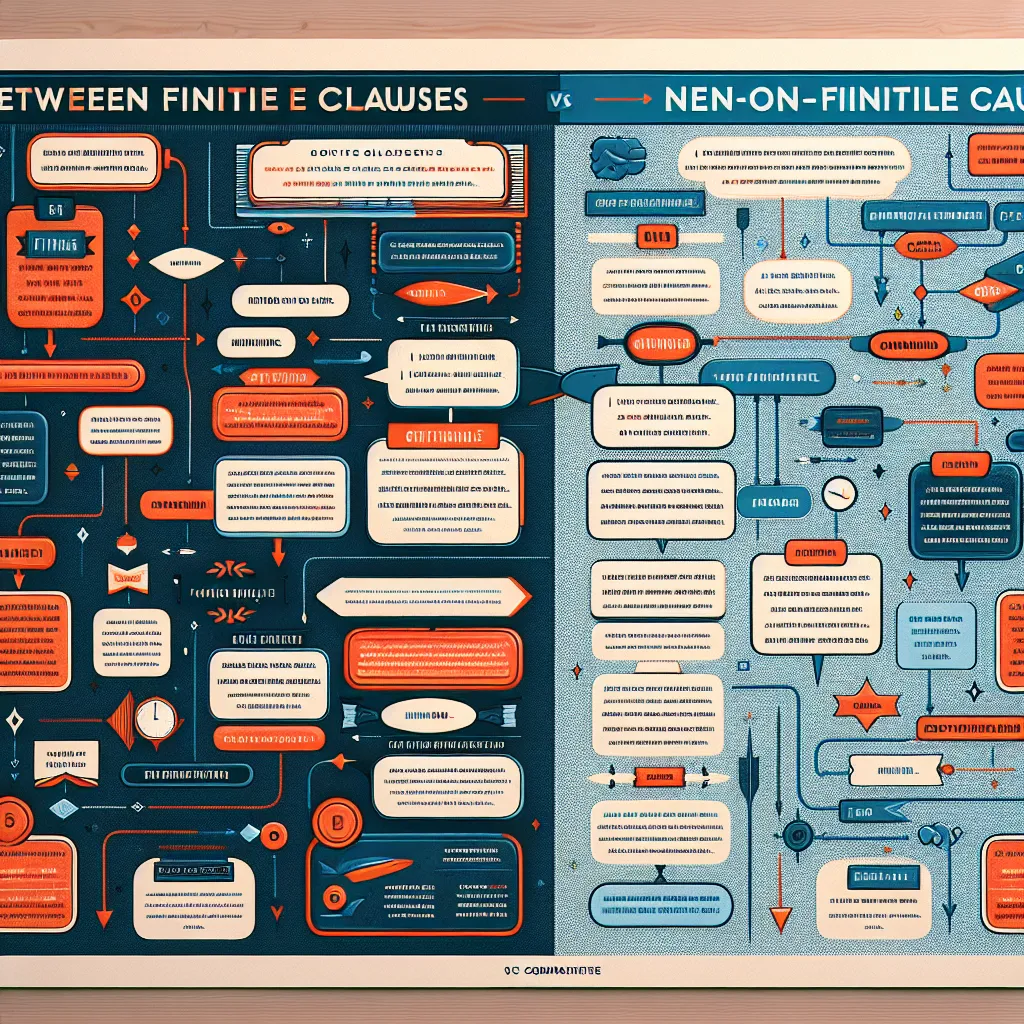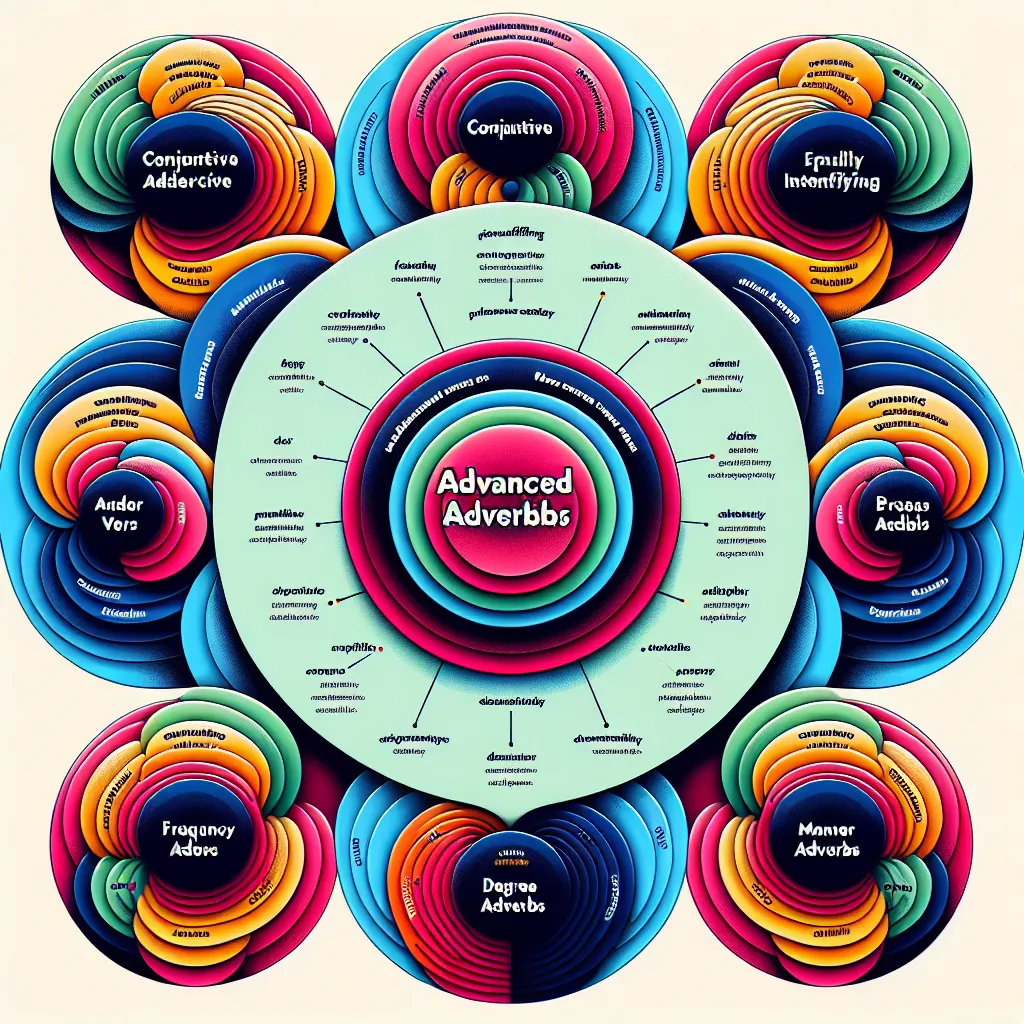Are you struggling to understand the difference between finite and non-finite clauses? Do you want to improve your English grammar skills and use these clauses effectively in your writing and speaking? Look no further! This comprehensive guide will help you master the use of finite and non-finite clauses, providing you with clear explanations, practical examples, and useful tips to enhance your English proficiency.
Understanding Finite and Non-Finite Clauses
Before we dive into the details, let’s clarify what finite and non-finite clauses are and why they are essential in English grammar.
What are Finite Clauses?
Finite clauses are clauses that contain a subject and a verb with a tense. They can stand alone as complete sentences and express a complete thought. For example:
- She plays the piano. (Subject: She, Verb with tense: plays)
- The children were laughing. (Subject: The children, Verb with tense: were laughing)
What are Non-Finite Clauses?
Non-finite clauses, on the other hand, do not have a tense and cannot stand alone as complete sentences. They are dependent on the main clause to make sense. Non-finite clauses are formed using infinitives, gerunds, or participles. For example:
- To play the piano (Infinitive)
- Playing the piano (Gerund)
- Laughing loudly (Present participle)
 Finite and Non-Finite Clauses Comparison
Finite and Non-Finite Clauses Comparison
The Importance of Mastering Finite and Non-Finite Clauses
Understanding and using finite and non-finite clauses correctly is crucial for several reasons:
-
Improved sentence structure: Proper use of these clauses allows you to create more complex and varied sentences, enhancing your writing style.
-
Better communication: Mastering these clauses helps you express ideas more precisely and effectively in both written and spoken English.
-
Advanced grammar skills: Knowledge of finite and non-finite clauses is essential for advanced English grammar and is often tested in exams like IELTS, TOEFL, and Cambridge English exams.
-
Enhanced reading comprehension: Understanding these clauses helps you better comprehend complex texts and academic literature.
Now that we understand the importance of mastering finite and non-finite clauses, let’s explore how to use them effectively.
Using Finite Clauses
Finite clauses are the building blocks of complete sentences. Here are some tips to help you use them correctly:
-
Ensure subject-verb agreement: The verb in a finite clause must agree with the subject in number and person.
- Correct: She plays the piano.
- Incorrect: She play the piano.
-
Use appropriate tenses: Choose the correct tense to convey the intended meaning and time frame.
- Present: I study English every day.
- Past: I studied English yesterday.
- Future: I will study English tomorrow.
-
Combine finite clauses using coordinating conjunctions: Use words like ‘and,’ ‘but,’ ‘or’ to join independent clauses.
- She plays the piano, and he sings.
-
Use subordinating conjunctions to create complex sentences: Words like ‘because,’ ‘although,’ ‘when’ can introduce dependent clauses.
- She plays the piano because she loves music.
Mastering Non-Finite Clauses
Non-finite clauses add variety and complexity to your sentences. Here’s how to use them effectively:
1. Infinitive Clauses
Infinitive clauses begin with ‘to’ followed by the base form of a verb. They can be used as subjects, objects, or modifiers.
- To travel the world is her dream. (Subject)
- She wants to learn French. (Object)
- He went to the store to buy milk. (Purpose)
Tip: Use infinitive clauses to express purpose, intention, or desire.
2. Gerund Clauses
Gerund clauses use the ‘-ing’ form of the verb and function as nouns in a sentence.
- Reading books is her favorite hobby. (Subject)
- She enjoys swimming in the ocean. (Object of a verb)
- I’m interested in learning new languages. (Object of a preposition)
Tip: Use gerund clauses when the action is general, habitual, or seen as a whole concept.
3. Participle Clauses
Participle clauses use either the present participle (-ing) or past participle (-ed) form of the verb. They often function as adjectives or adverbs.
- Smiling broadly, she accepted the award. (Present participle)
- Exhausted from the long journey, we fell asleep immediately. (Past participle)
Tip: Use participle clauses to add extra information or to combine two related actions concisely.
 Non-Finite Clauses Examples
Non-Finite Clauses Examples
Common Mistakes to Avoid
When working with finite and non-finite clauses, be aware of these common errors:
-
Dangling modifiers: Ensure that non-finite clauses clearly modify the intended subject.
- Incorrect: Walking down the street, the trees were beautiful.
- Correct: Walking down the street, I saw beautiful trees.
-
Mixing up gerunds and infinitives: Some verbs require gerunds, while others require infinitives.
- Correct: I enjoy swimming. (gerund)
- Correct: I want to swim. (infinitive)
-
Forgetting the subject in finite clauses: Every finite clause needs a subject.
- Incorrect: Is raining outside.
- Correct: It is raining outside.
-
Using the wrong tense in finite clauses: Ensure the tense aligns with the context and other clauses in the sentence.
- Incorrect: Yesterday, I go to the store and bought milk.
- Correct: Yesterday, I went to the store and bought milk.
Practice Exercises
To reinforce your understanding of finite and non-finite clauses, try these exercises:
-
Identify the finite and non-finite clauses in the following sentences:
- After finishing her homework, Sarah went to bed.
- The man who lives next door is a famous musician.
- To succeed in this course, you must study regularly.
-
Combine the following sentences using non-finite clauses:
- The children were excited. They opened their presents.
- She wanted to improve her English. She enrolled in a language course.
-
Rewrite these sentences using different types of clauses:
- He was tired. He went to bed early. (Use a participle clause)
- I want to learn Spanish. It’s my goal. (Use an infinitive clause)
Conclusion
Mastering The Use Of Finite And Non-finite Clauses is a crucial step in improving your English grammar skills. By understanding the differences between these clause types and practicing their usage, you can enhance your writing and speaking abilities significantly. Remember to use finite clauses for complete thoughts and non-finite clauses to add variety and complexity to your sentences. With consistent practice and attention to common mistakes, you’ll soon find yourself using these clauses naturally and effectively in your English communication.
Keep practicing, and don’t hesitate to experiment with different clause structures in your writing. The more you use them, the more comfortable and proficient you’ll become. Good luck with your English language journey!




